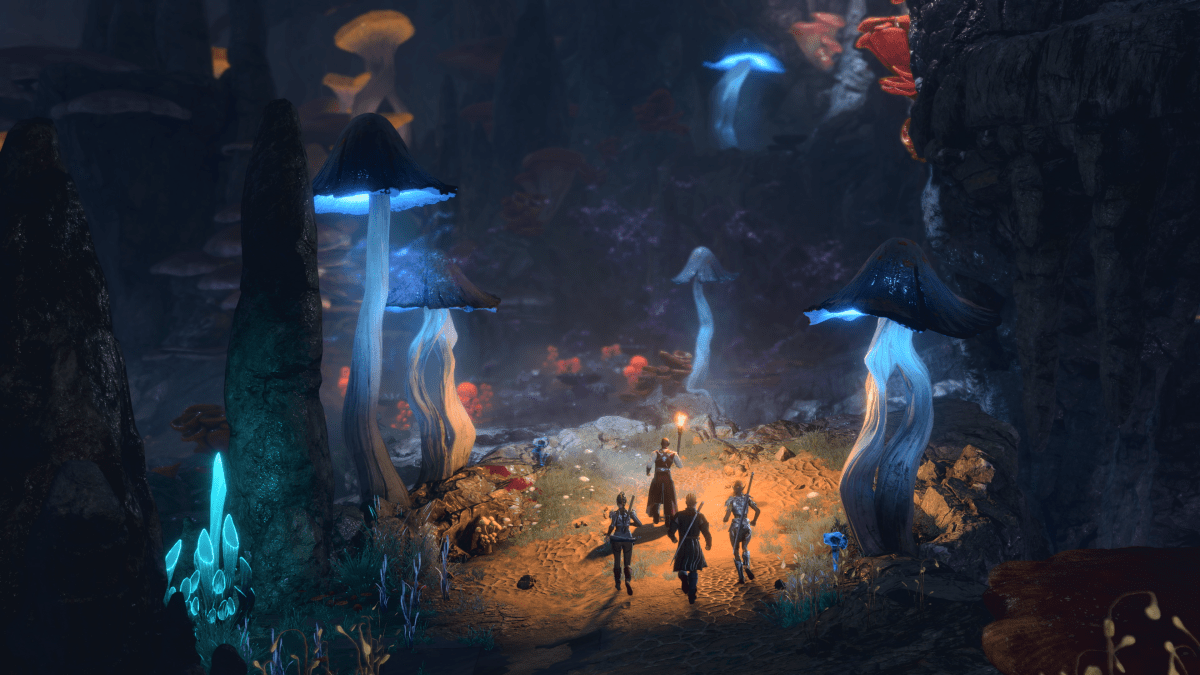If design is everything, is it anything?
Good design has a habit of making things simple—sometimes too simple. You may look at the first iPod, for example, and marvel at its minimalist elegance without having to consider who designed it, where it was made and by whom, what materials it required, or even how long it would work.
The ease of use and elegance of form erased the object from its context, an approach certainly not unique to Apple. As the American design educator Katherine McCoy observed in 1994, just seven years before the iPod’s release, “we have trained a profession that feels political or social concerns are either extraneous to our work or inappropriate,” despite the fact that “design is not a neutral value-free process.
Design has operated this way in the world for a very long time. It still mostly does.
While it is true, observes architect and designer Nicholas de Monchaux in his introduction to this issue, that design has accomplished much good in the world, “it has also shared responsibility for bringing us into our current ecological crisis; every new thing is perhaps not much better than the old thing.”
Of course, we try to make new things that are better than what came before. But even big shifts are complicated. Take electric cars. They may not use fossil fuels but they come with their own trade-offs—a wide range of materials, from cobalt to copper to lithium, must be mined to build their batteries. Solving the resulting environmental challenges won’t begin to achieve another change that would likely do far more to reduce carbon emissions: figuring out how to get people to drive less.
In her postmortem on design thinking, Rebecca Ackermann shows how, unintentionally, that iterative process for solving problems illustrated precisely the concerns voiced by McCoy. But Ackermann reports on a reckoning for design today and sees cause for optimism in new efforts to create design tools that are “capable of equitably serving diverse communities and solving diverse problems well into the future.”
The design profession has—not for the first time and surely not for the last—been awakened to questions it hadn’t been asking before: Who is this for? Who is benefiting from it (and who or what might be harmed by it)? Who is being excluded? Have we explored the unintended consequences? Are we solving the right problem?
These are just some of the questions we were thinking about when we were (yes) designing this issue, which features what you will see are not typical “design” stories. What they reveal is the astonishing breadth of what falls under the umbrella of design today.
Will Douglas Heaven delves into the use of AI automation for the design of new drugs, an approach that has the potential to deliver cheaper pharmaceuticals on a faster timeline. Matthew Ponsford explores the transformation happening on the outskirts of Mexico City, where the cancellation of a major international airport project created an opportunity to revive the nature and culture that once thrived there. Might this controversial wilderness point to the future of ecological design?
John-Clark Levin’s fascinating commemoration of the 25th anniversary of the massively multiplayer online role-playing game Ultima Online, a precursor to the metaverse, shows how much the relative success or failure of design is contingent on human behavior. Do humans act the way the designer intended—or not?
And you’ll read about a movement in alternative prosthetics: creating devices that, instead of trying to mimic the appearance of a “normal” limb, make no attempt to blend in. Obstacles running the gamut from conformist thinking to cost have inspired designers to forge a new path, one that may, writes Joanna Thompson, “help prosthetics users wrest back control of their own image and feel more empowered, while simultaneously breaking down some of the stigma around disability and limb difference.”
If we accept that everything is design, and by extension that everyone is a designer, then our expectations for the discipline may have been unrealistic, even misguided. “It is no exaggeration to say that designers are engaged in nothing less than the manufacture of contemporary reality,” wrote designer Rick Poynor in 1999. What might be different now is we recognize the responsibility that comes with being a part of that process.




